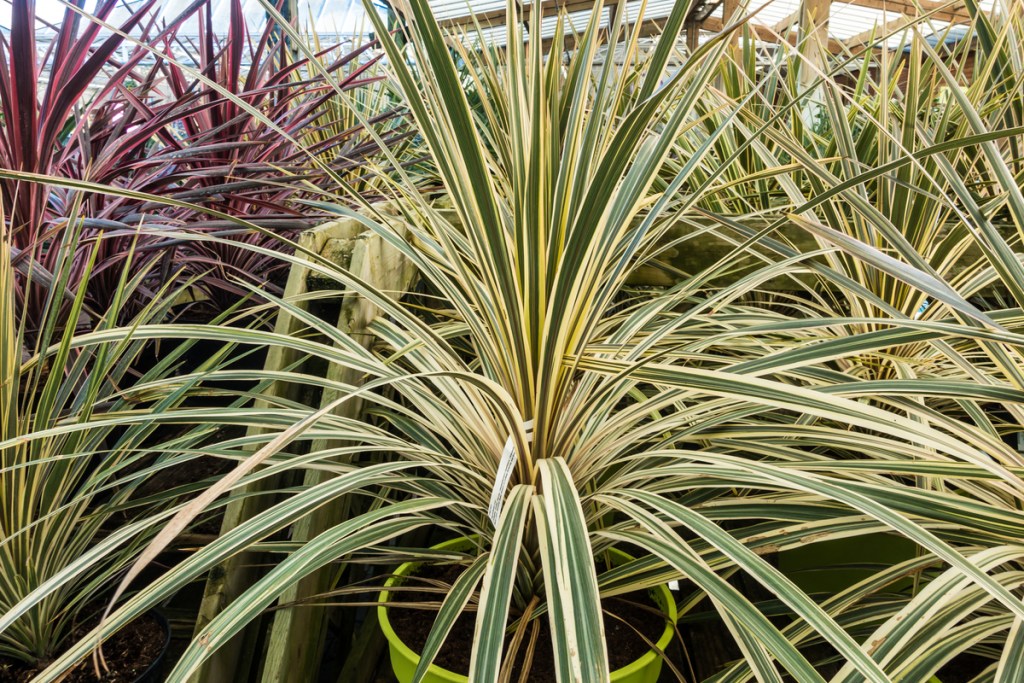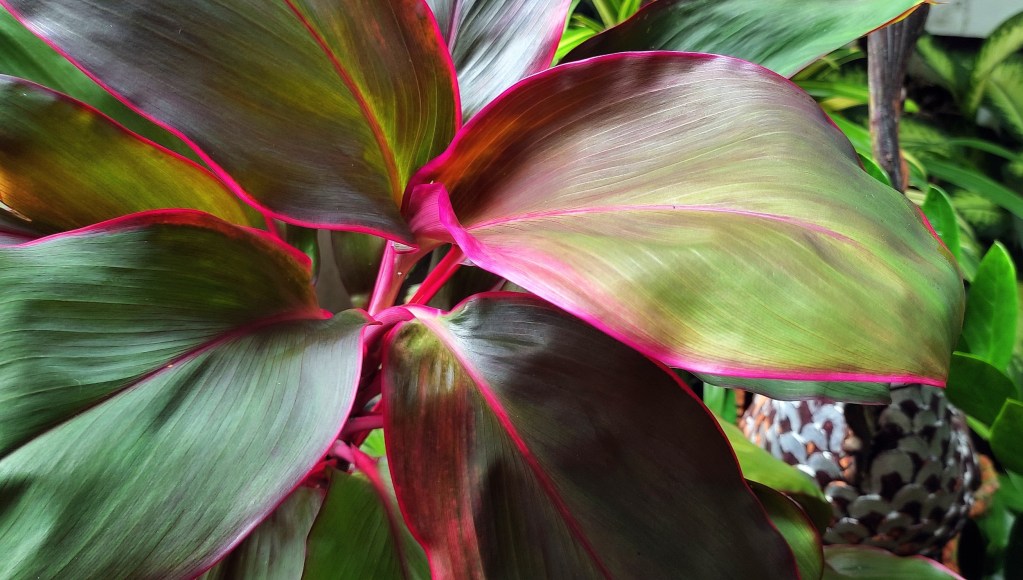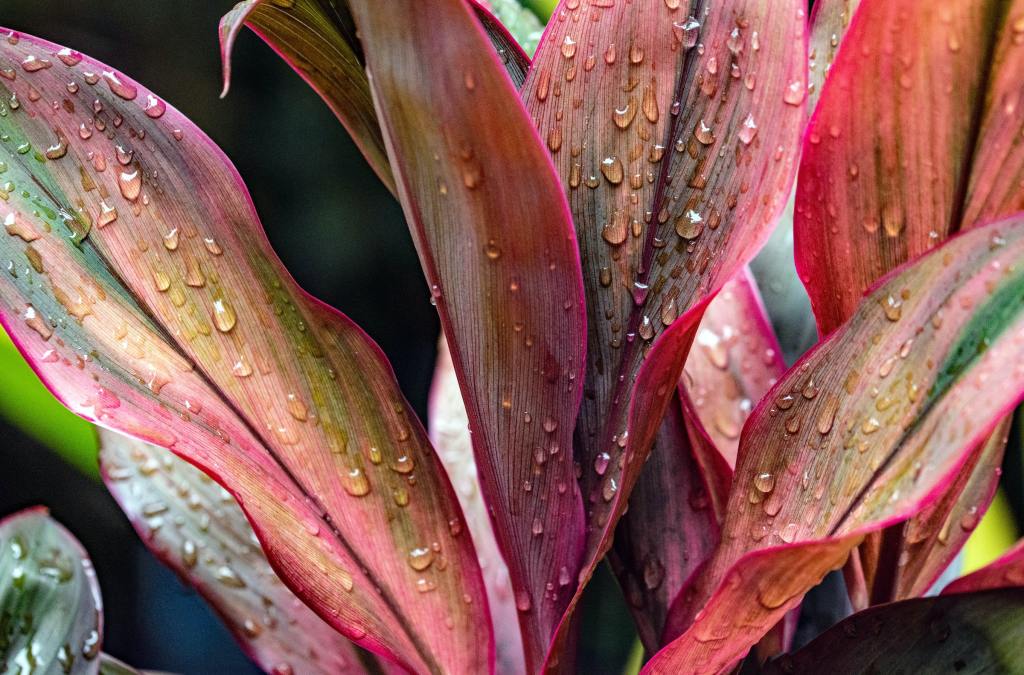Cordylines are beautiful tropical plants native to the Pacific Islands and portions of Southeast Asia. With their striking colors and vibrant leaves, they can add some much-needed color to any indoor space. Choosing a cordyline plant that’s right for your home is easy, but you have to make sure you can create the conditions that are conducive to its needs.
In the warmest regions, a cordyline can be both an indoor and an outdoor plant. However, if you live anywhere that isn’t a warm, tropical place, your cordyline should be a strictly indoor houseplant. Luckily, these plants are fairly easy to grow indoors and add both color and interest to your houseplant collection, so let us show you how to introduce these beauties into your home and help them thrive with the best cordyline care!

How to care for a cordyline plant
Here's how to take care of your cordyline's basic needs:
Step 1: Plant your cordyline in high-quality soil with good drainage.
Step 2: Use a pot with drainage holes, so excess water can escape.
Using a pot without drainage holes runs the risk of leaving the plant’s roots sitting in excess water, which can lead to root rot.
Step 3: Keep the soil moist.
In other words, don’t leave the plant soaked, but don’t let it completely dry out between waterings.
Step 4: Reduce waterings during colder months, as your cordyline will use less water.
Step 5: Watch for signs of over or underwatering.
If the cordyline’s plant leaves are turning brown, that could be because you’re under-watering your plant. On the other hand, if the leaves are turning darker brown and their texture has become much softer, it may be because you’re overwatering it.
Step 6: Place your cordyline in bright, indirect light.
Cordyline can tolerate some shade, but a greenhouse or sunny window are ideal.
Step 7: Avoid placing your cordyline in direct light.
Too much direct light can result in faded leaves, meaning your plant will lose its vibrancy. The exception to this is green-leafed cordylines, which often prefer more direct sunlight than a cordyline of a different color.

Are there varieties of cordyline plant?
There are 15 different cordyline plant varieties. There may be several different varieties of cordyline at your local nursery that have varying patterns and colors. Some of them prefer slightly different conditions than others, however their core care remains the same. You should feel free to select your cordyline based on which one you like best, not necessarily its specific requirements.
The spear-shaped, leathery leaves are consistent from one variety to another. What changes are the colors and patterns. Cordylines can be red, yellow, green, white, purple, and reddish-purple. Some varieties can produce flowers (and occasionally berries) at the beginning of the summer; the flowers can range from white to lavender in color.
Some varieties you can look into include Hawaiian Boy, Candy Cane, Red Sister, Rainbow, Black Mystique, Tricolor, and Firebrand.

Can your propagate cordyline plants?
Cordyline plants can be propagated easily through cuttings. Here's what to do:
Step 1: Take your cutting from a mature plant, selecting a stem that has had at least a year to mature.
Step 2: Use a sharp, clean knife, scissors, or shears to cut three to five inches from a cordyline stem.
Cordyline stems can grow from the base of the plant or off of an existing stem. Either stem can be used for cuttings, just be careful not to damage nearby stems.
Step 3: Apply rooting hormone to the end of the cutting.
This step is optional, as cuttings will root without it. However, using rooting hormone does speed up the process.
Step 4: Plant the stem cut side down in a new pot of soil and water it gently.
Step 5: Avoid placing the new pot somewhere where it is likely to be bumped or moved often.
As the roots develop, they will be extra sensitive and vulnerable to damage.
All in all, cordyline plants are relatively easy to maintain as houseplants as long as you provide the proper care for them to thrive. Armed with these tips and tricks you're ready to bring this tropical beauty into your home. Enjoy watching your cordyline grow and thrive!
Editors' Recommendations
- Everything you need to know about trailing succulents care for lush, thick growth
- How to pick the perfect orchid pots for healthy blooms
- Beyond basil and cilantro, add these unique plants to your indoor herb garden
- Beautiful, low-maintenance pothos varieties to add to your plant collection
- 5 easy-care spider plant varieties perfect for any home garden



